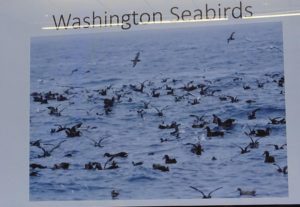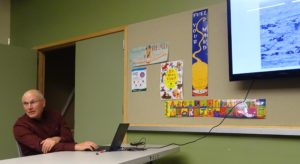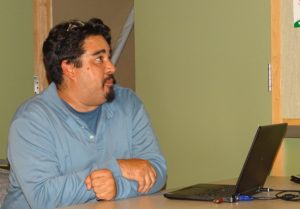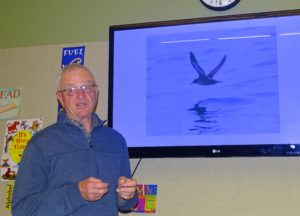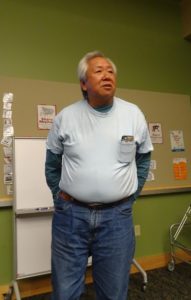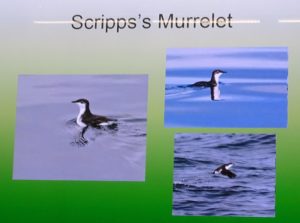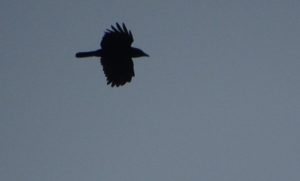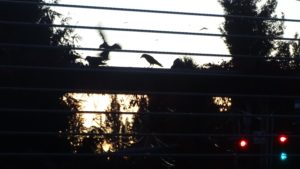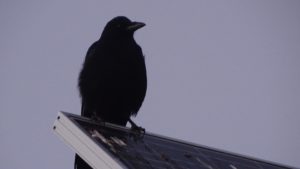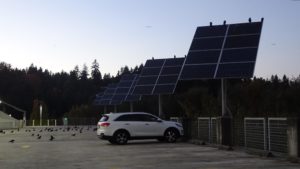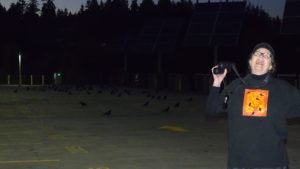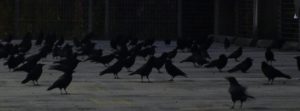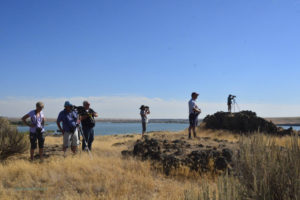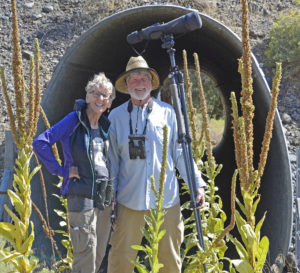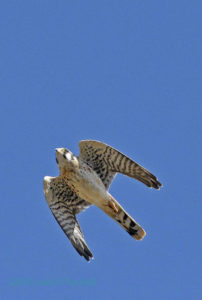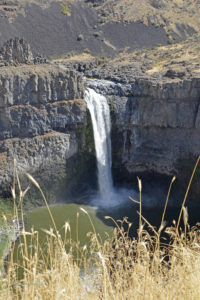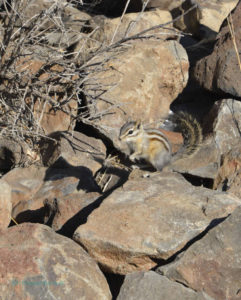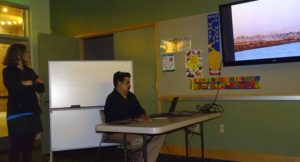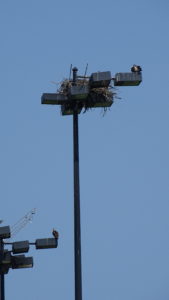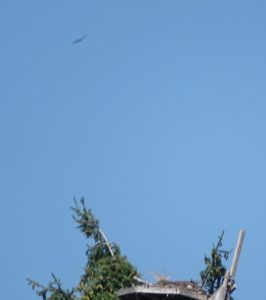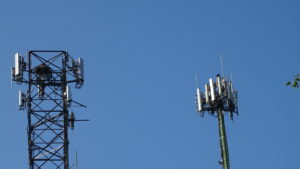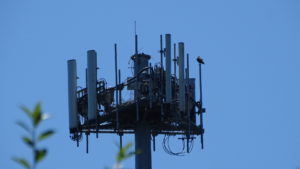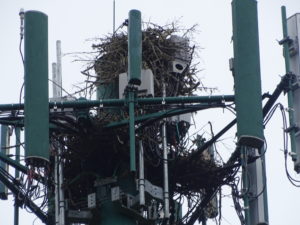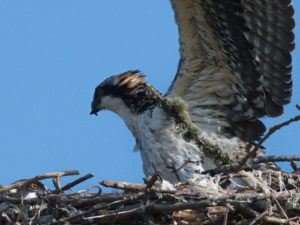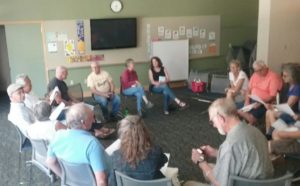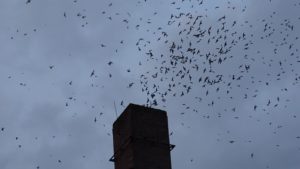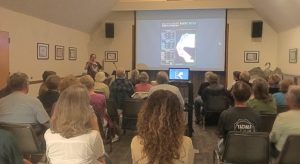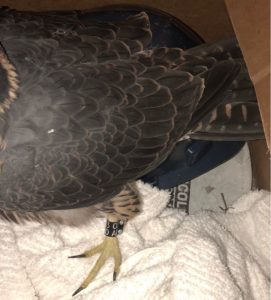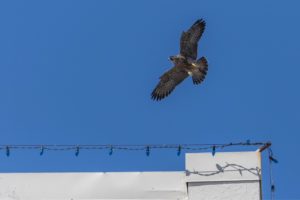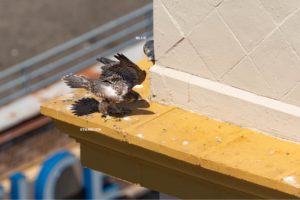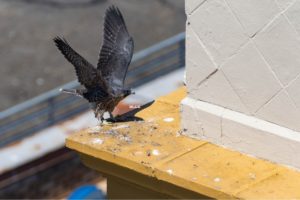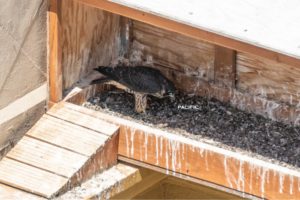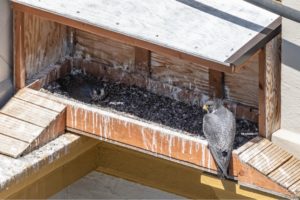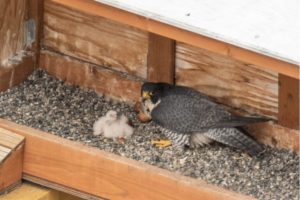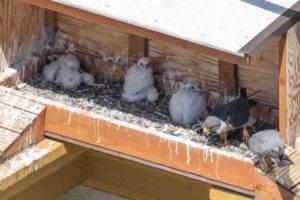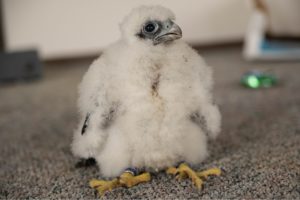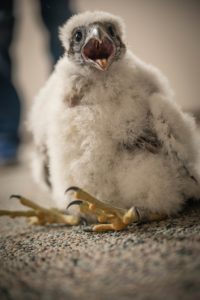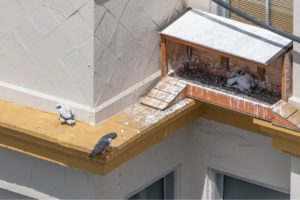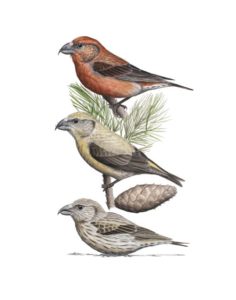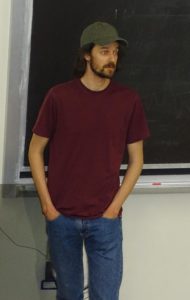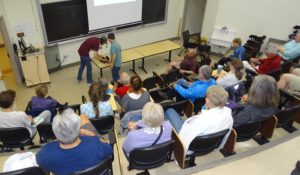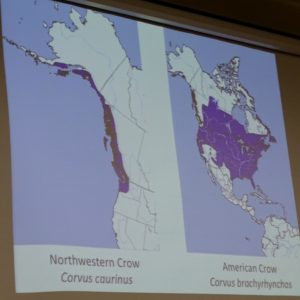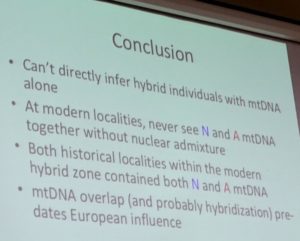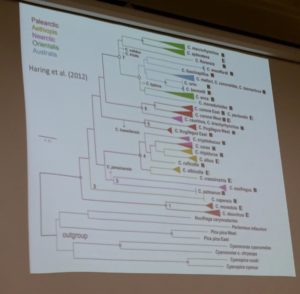A Virtual Pelagic Trip!
On October 23, 2018, ABC’ers delved deep into Pelagic birding with presentations by Ed Pullen and Ryan Wiese, as well as additional information by Bruce LaBar and Art Wang.
Ken Brown opened the meeting by recapping upcoming ABC events, and then Clarice Clark presented information on an upcoming guided tour of SE Arizona for Tahoma Audubon this coming spring featuring guide Chris Chappell, formerly of Pierce County. There were only one or two spots left open by the end of the evening! For more info on those spots, contact Clarice or Jerry Broadus at jbroadus@seanet.com.
All pelagic bird species occurring off the coast of Washington were discussed in depth including likelihood of seeing, world populations and scarcity, life histories, etc. The slides were extremely informative and are now available to ABC’ers here: https://drive.google.com/file/d/1CkekblylR_ufUXRB-FS-DCNJgRiXBOs2/view
Pelagic trips discussed included Westport, Monterey Bay, Maine, Cape Hatteras, and Hawaii. The concepts of going onboard in shorts and flip-flops (Cape Hatteras) or in swimsuits and then jumping in the water to swim ashore (Hawaii) were happily contemplated!
Chumming was discussed. Bruce, a longtime spotter for Westport Seabirds, explained that one reason chumming didn’t happen on their trips until the furthest point was reached was to get accurate counts of the birds. Westport Seabirds has the best data available for this reason. Other trips chum all the way out and have a parade of the same birds following the boat the entire ride. It was revealed that Monterey Bay has banned chumming altogether with the exception of Debi Shearwater’s trips, which should end soon with her retirement. The alternative to chumming is to get chummy with fishing boats.
Some highlights included the fact that Rhino Auklets are OUR birds with approximately 90% of the lower 48 population breeding in Washington waters. Also, Short-tailed Shearwaters, rare as they might seem here, are actually the most populous shearwater species on the planet! Red Phalaropes like to feed in the spume of whales! And yes, those South Polar Skuas really are the thugs you thought, guilty of all possible crimes and some even unimaginable.
The very interested group asked excellent questions and kept the meeting going until we got kicked out and all the cookies were gone (thanks, Faye)!

